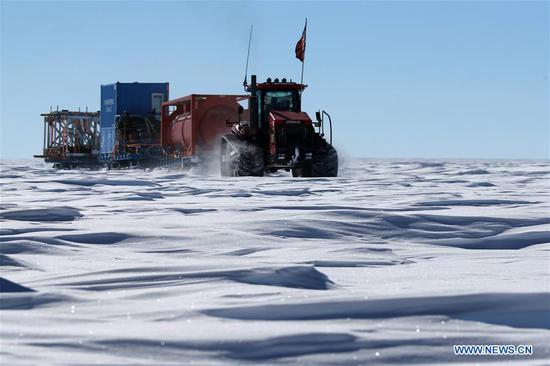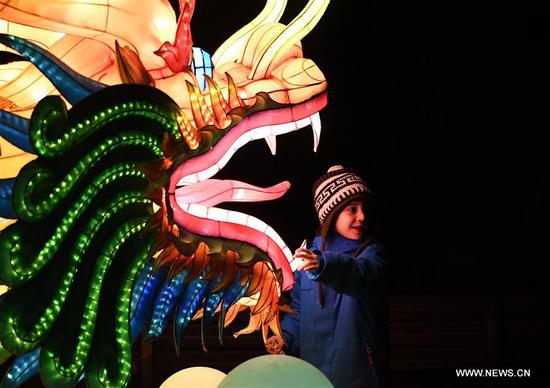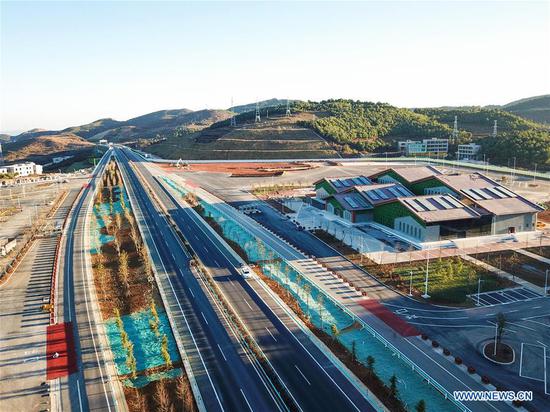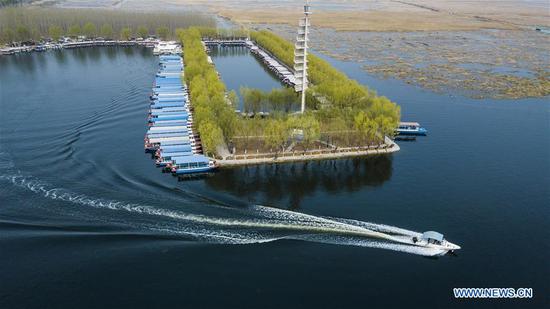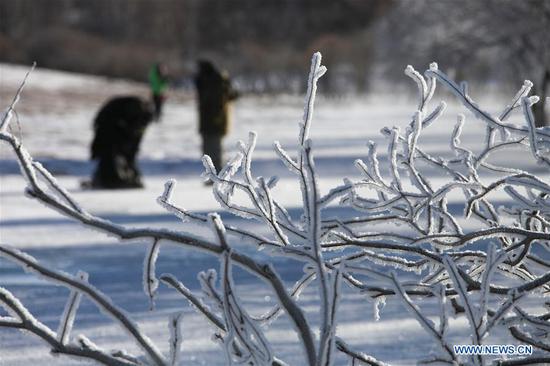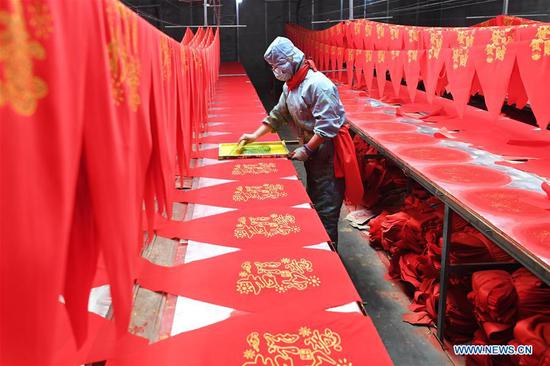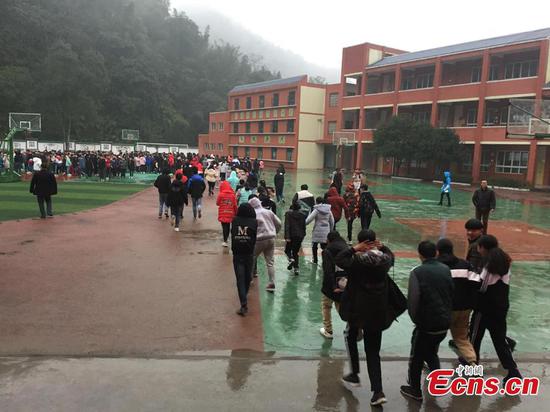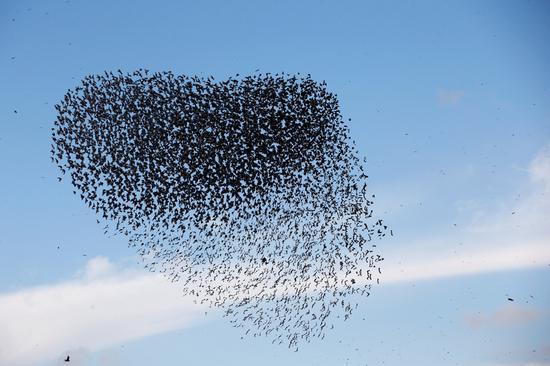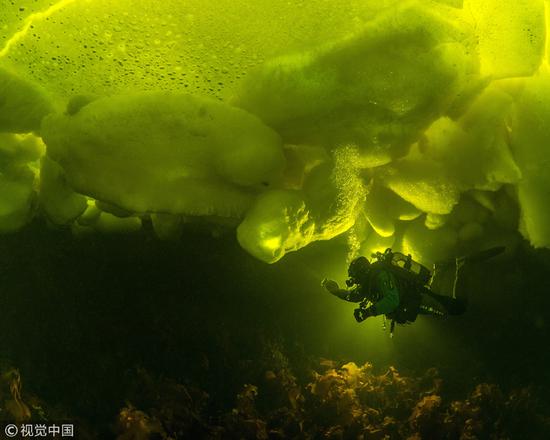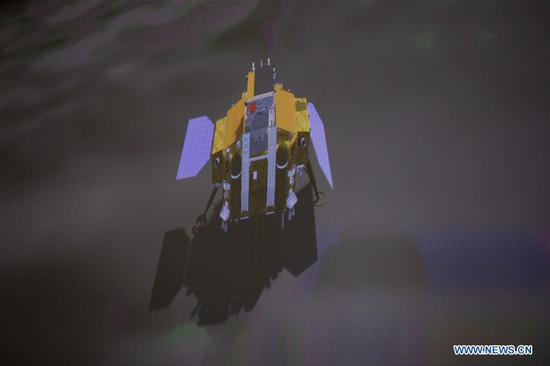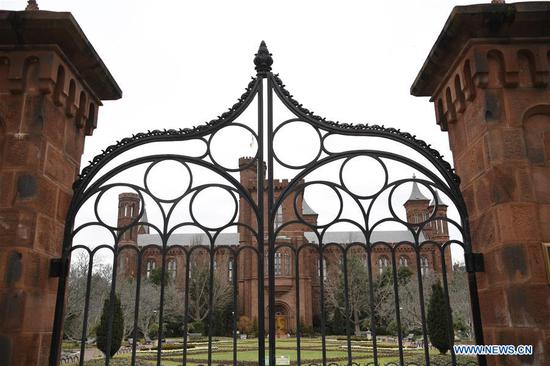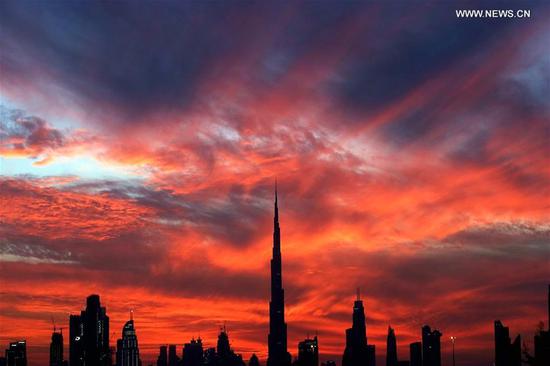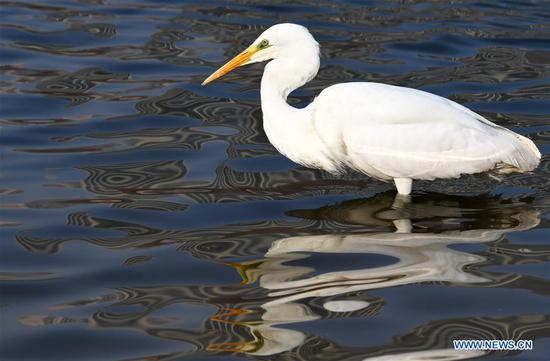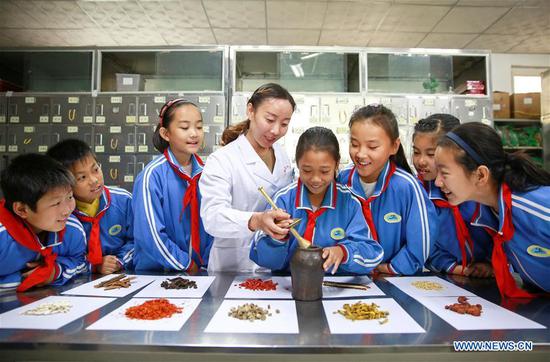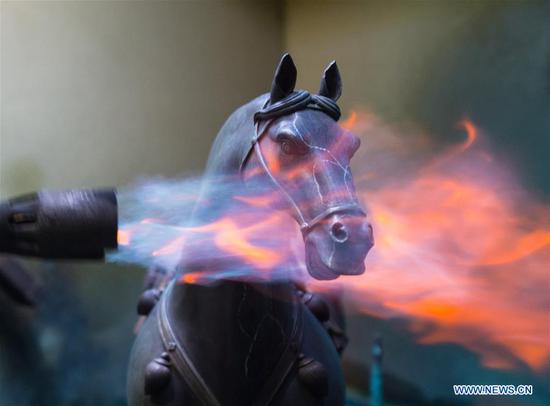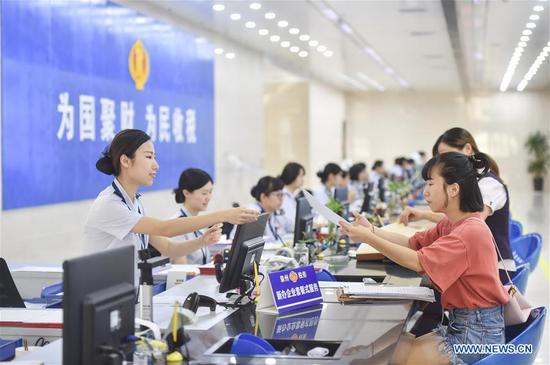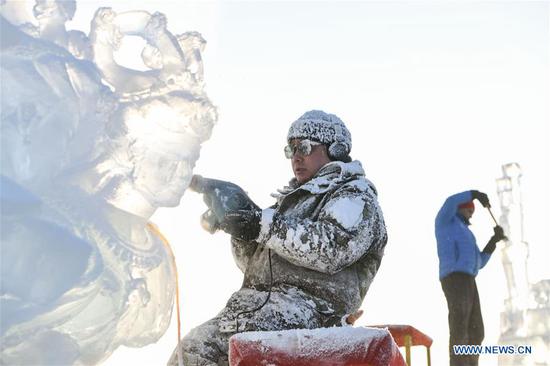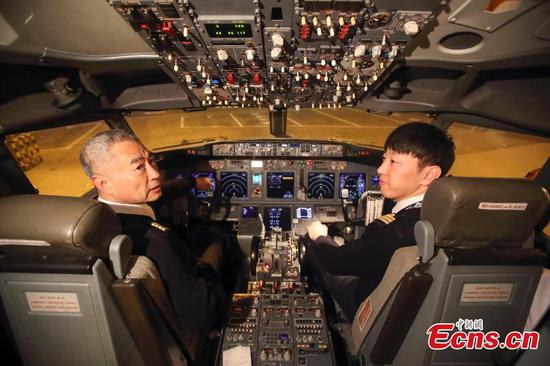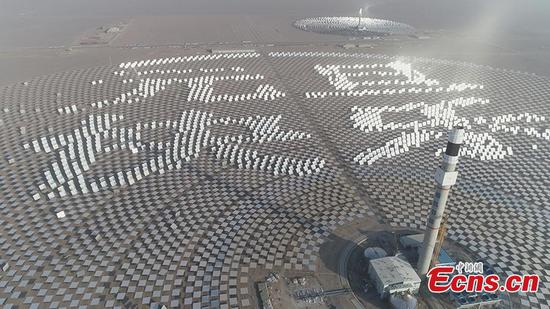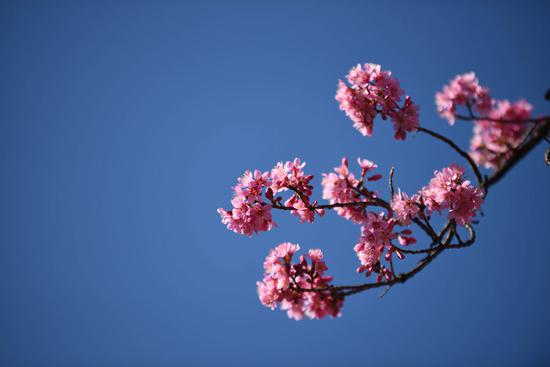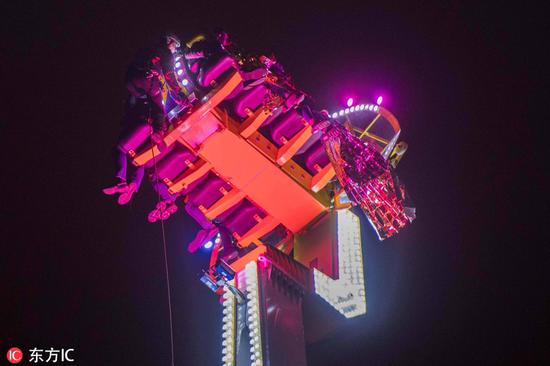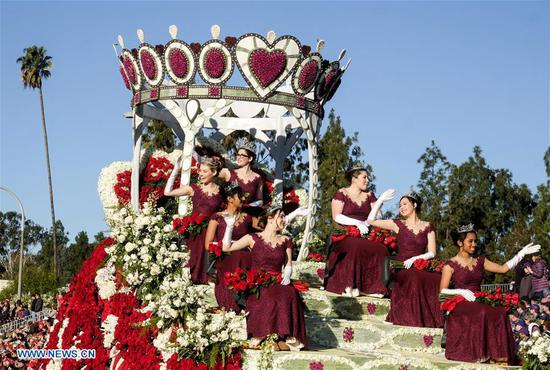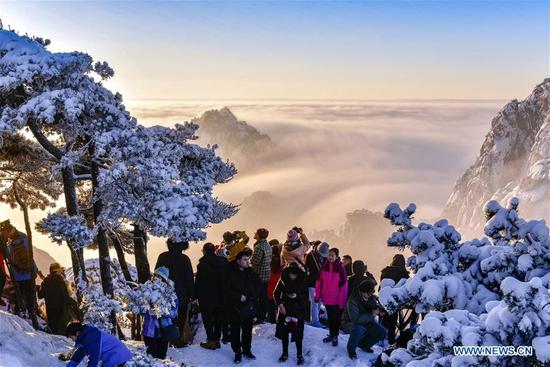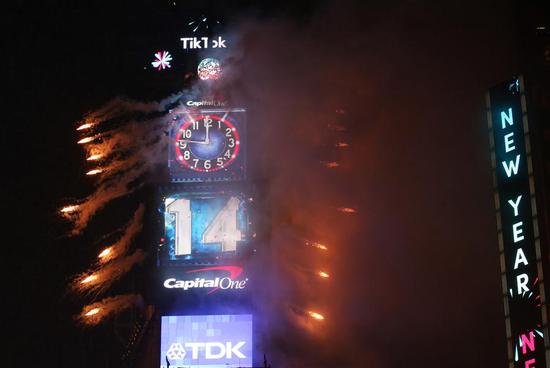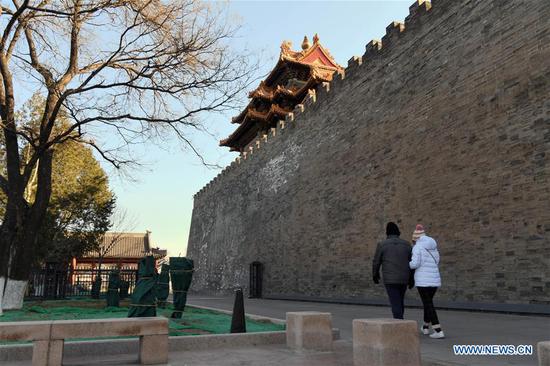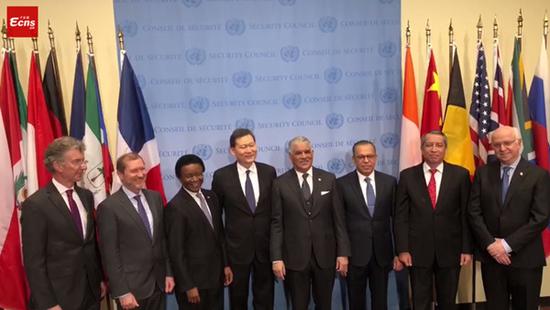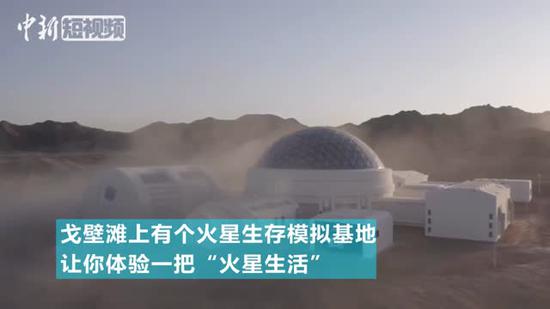Beijing's sub-center, which will sit in the east of the capital, aims to accommodate 1.3 million permanent residents by 2035, according to a detailed plan published Thursday.
The city sub-center will cover 155 square kilometers and be extended to the whole area of the current Tongzhou District, which totals about 906 square kilometers, according to the plan for the sub-center's development for 2016 to 2035, approved by the Communist Party of China Central Committee and the State Council.
The population density will be 9,000 residents per square kilometer at most so as to maintain a comfortable living environment, the document said.
The plan pledged that the sub-center will be "an urban area without urban ills," which will build an eco-friendly transport system focusing on public transport, adopt measures to control air, water and soil pollution, and develop strict management of water resources and intelligent urban management systems.
"The sub-center will not develop real estate projects on a large scale," the document said, adding that the market will play a decisive role in resource allocation.
The plan also outlined the functions of the sub-center, measures for cultural development and coordinated development with surrounding areas in neighboring Hebei Province.
Beijing is shifting some of its administrative functions out of the city center into Tongzhou to help address problems including traffic congestion and air pollution. The move is also part of the Beijing-Tianjin-Hebei integrated development plan.
Beijing municipal government agencies have been moving their offices to Tongzhou since the end of 2017.









